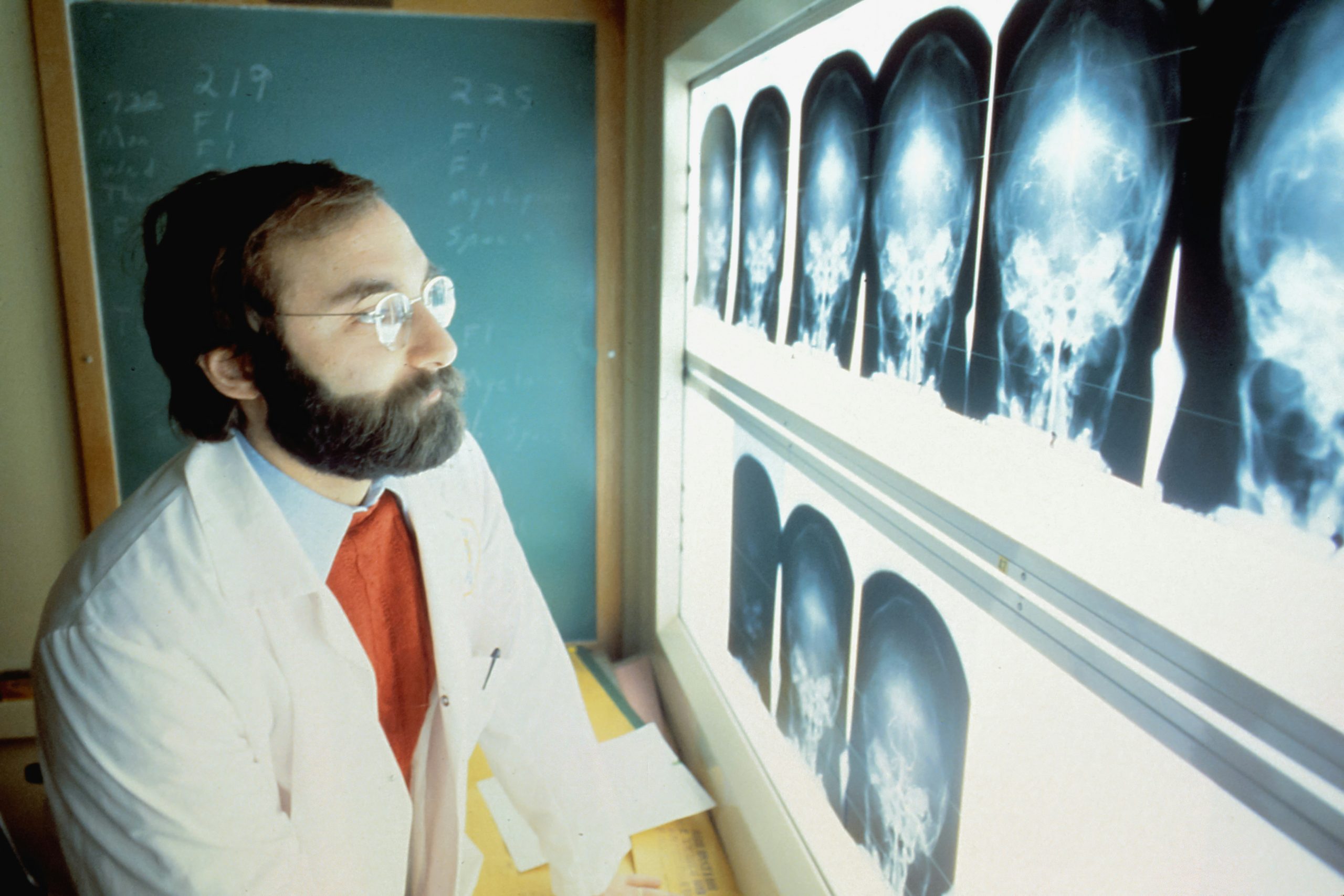As artificial intelligence continues to penetrate industries, healthcare is one of the first sectors to benefit from it the most. We already see outstanding results in diagnosis accuracy and drug development. We also progress in predictive analytics and personalized treatment. With the implementation of AI, we not only solve the existing gaps, but also open new opportunities.
However, every opportunity comes with its challenges. We invest billions and put everything at stake to save people’s lives. But we are also in a position to train machine learning models effectively, improving their accuracy and final outputs. Let’s explore how we address the existing issues in the medical sphere. Discover how data annotation can become a real game changer in the whole end-to-end AI journey.
Data Annotation — the Guardian of AI-Model Efficiency
To create a real revolution in the challenging area, an AI-model should pass the training process as successfully as possible. OECD cites biased algorithms, lack of accountability for AI management, and leaks of personal data as the biggest risks of AI implementation in the health sector. The first one is exactly a prerogative of data annotation.
Data annotation entails labeling data from various sources in detail. This is the main step in preparing the raw data for the inputs for a machine learning model. But data annotation in the healthcare industry can not only make ML models work as required. It also changes the direction of a medical treatment.
In healthcare, the main sources for ML training include images of patients’ diagnoses, patient records, and genomic data. Not all of them are in organized and in the same format. A lot of data may lack uniformity, be less accessible, and difficult to read. Imagine the consequences if an ML model is trained with biases, and the final diagnosis a patient receives predicts a lethal outcome. Data annotation is capable of closing these gaps.
Main Data Challenges in Healthcare
Before the training of an AI model actually starts, we should solve the existing data challenges. They are some principal blockers of smooth AI-model training:
- Data quality. A lot of data is inaccurate, missing consistency and detailed information.
- Data standardization. The complexity of data, including the usage of terminology and manual intervention, lack uniformity on all levels.
- Biased data. Data from various researches may be limited by demographics and clinical subjectivity.
- Source complexity. Data comes in different formats and from various sources, lacking sharing and integration.
- Big volumes. For accurate diagnosis, a model is trained on big volumes of data, gathered from various sources, demographics, and locations.
That’s why annotating data is critical to leverage ML model functionality. This helps reduce biases across a model’s performance.
Boosting Medical Research
Data annotation plays a critical role in the training of ML models aimed at boosting medical research. The model training process mentioned above involves analyzing labeled data, finding correlations, and risks associated with medical conditions and diseases. The correctly annotated data in the input stage advances the predictability of the model on the further stages.
With annotated data, AI models equally advance in the discovery and development of new drugs. The whole process of drug discovery is long and cumbersome, involving many years of research. But with AI-models, the time reduces significantly, involving machine learning algorithms in the process of finding connections between molecular structures and drug interactions. With smartly built models fed with annotated data, medical research saves time and money.
Revolutionizing Diagnosis
Medical diagnosis works with various types of images, including magnetic resonance imaging and computed tomography scans. Data annotation plays a key role in making AI models recognize and interpret images. It also increases accuracy in the following diagnosis tasks:
- Image segmentation. With bounding boxes and key points, it specifies all deviations and changes on the images. This contributes to the advancement of diagnoses of tissues changes, tumors, and fractures.
- Image classification. In a defined area of a human body, classification of images categorizes scans and tomographies into normal and deviations. This is an important step in automated detections and classification.
- Pattern recognition. In addition to identifications and classification, AI models accomplish comparisons with the previous patterns. In strengthening the recognition, we reduce the number of human errors.
- Feature extraction. As much as a model spots abnormalities, it can be taught to highlight the areas for diagnoses. This is not an identification of disease per se, but rather an indication of the area on the image, which can require further diagnosis.
The most exciting part is that with streamlined AI development, we quickly switch from theory into practice. Sentara Health is only one of the examples of valuable partnerships and implementations we see today everywhere. With the help of AI technology, the primary care clinicians will be able to detect any diseases immediately. They aim to provide personalized care, without spending much time on research and additional information.
Developing Personalized Treatments
To offer patients a personalized treatment, predictive AI models come into play. The predictive models usually use genetic and individual data. It consists of disease susceptibility, gene mutations, or variations. By analyzing it, a model develops a personalized treatment strategy. It takes into account historical data, side effects, and toxicity levels of drugs.
Such an approach allows prescribing treatments that are more efficient for a specific person. It also diminishes side effects and other risks. AI models for personalized treatments are equally effective in preventive strategies.
Catalyzing Healthcare Transformation

We already witness extraordinary results leveraged by AI implementation. Some models help medical practitioners identify diseases in their early stages. Other algorithms assist to reduce time on drug research and development. However, to deploy such AI models and make them work to our benefit, it’s important to go through a detailed training process.
The final output of an AI model will be effective only if the inputs provided are comprehensive and exhaustive for the defined task. Data annotation takes on the role of a gatekeeper, ensuring that the data for the inputs is accurately labeled. This helps the model to successfully accomplish such tasks as object detection, classification, comparison, and analysis. By carefully training the AI models, we use its potential to the fullest, moving forward the transformation of the medical sector.



